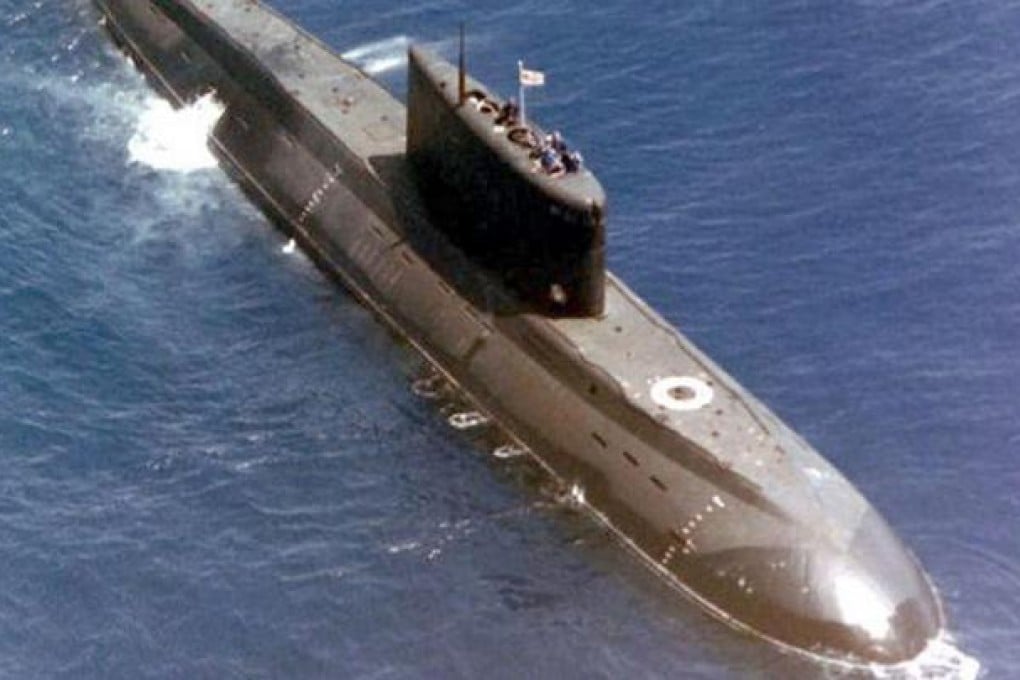South China Sea strategic complexities sharpen into focus

Correction: In the 11th paragraph, the story referred to the US Navy's Submarine Group Seven as "Hawaii-based", according to an Indonesian online report. The group is in fact based in Yokosuka, Japan.
The mounting strategic complexities across China's maritime backyard are swinging into sharp relief this week, as Russian shipbuilders launch Vietnam's first state-of-the-art Kilo submarine and US naval officials confirm talks with Indonesia over training its submariners.
Sea-trials of the Vietnamese submarine - the first of six to be delivered over the next five years in a deal believed to be worth more than US$3.2 billion - are due to start this week off St Petersburg's Admiralty Shipyard ahead of a delivery to new facilities in Cam Ranh Bay within six months, Russian defence officials say.
It will complete a chain started in the late 1980s when Hanoi began preparing to acquire a Russian submarine - only for Soviet leader Mikhail Gorbachev to kill the deal to avoid annoying Beijing.
This time, however, Carl Thayer, an Australia-based scholar on Vietnam's military, said the Russians were selling Vietnam their crack Project 636 vessels - submarines so stealthy that they have been dubbed "black holes" by the United States Navy.
Not only will they be able to track foreign naval and paramilitary ships around the Vietnamese coasts, "the Kilo submarines will provide a deterrent against the contingency that China might attempt to quickly seize an island or feature occupied by Vietnam in the South China Sea," Thayer wrote in a recent commentary.
